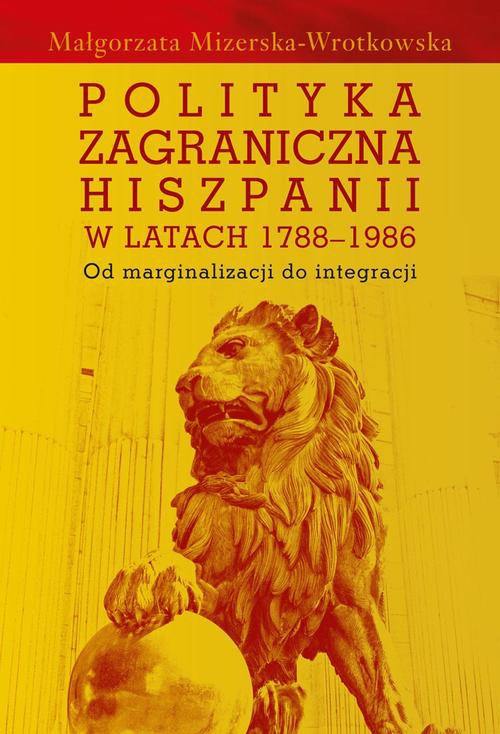Przejdź do opcji czytnikaPrzejdź do nawigacjiPrzejdź do informacjiPrzejdź do stopki
10
LucynaKostuch
pretthisinformation.Teaimisnotonlytowritehistoriesofanimals,butto
understandtheirucultural”evolution.Researchinthisareaneedstodevelop
bothanethologicalhistorythatexaminesthisevolutionovertimeandahis-
toricalethologyaimedatanalyzingbehaviorsinspecificperiodsoratcompar-
ingthemtobehaviorsinotherperiods”2.Duetotheinextricablerelationship
betweenhumansandanimals,thedefinitionofhistoryshouldbeexpandedto
includeanimals;andconsequently,historyshouldbeconsideredasascience
concerningalllivingbeingsintime3.Acceptingsucharesearchperspectiveal-
lowstoexplaintheunderlyingcausesofafalseordistortedimageofananimal
recordedinancientsources.
Tesubjectofthehistoricalandnaturalstudiespresentedinthispaperis
thefoxinGraeco-Romanantiquity.Twofactorsdeterminedthechoiceofthe
foxasaresearchtheme.Firstly,thefoxisananimalthathasachievedextraor-
dinaryreproductivesuccessoverthecenturies.Researchersstatethatthefox
hasthehighestgeographicaldistributionoutofallmammals.Tisanimalhas
notonlysurviveddespitehumanhostility,buthasalsoadaptedtomodernur-
banconditions.ItsecologyandbehaviourhavebeenstudiedextensivelyinEu-
rope4.Secondly,thefoxwasverypopularastheprotagonistinancientsayings,
proverbs,andtales.Itisenoughtomentiontheveryprivilegedpositionthefox
holdsinAesop)sfables.Itisnotwithoutgoodreasonthatacupfromthe5th
centuryBCshowsaman,mostlikelyAesop,havingaconversationwithafox5.
2
uL
)histoirepermetdetravaillerdesdocumentshumainslivrantdesinformationssurlevécu
del)animal.L
)éthologiepermetdecomprendrecesinformations.Ilnes)agitpasdeseulement
raconterdeshistoiresd)animauxmaisd)appréhenderleurévolution«culturelle».Ilfaut
construireunehistoireéthologique,quisaisissecesévolutionsdanslalonguedurée,etune
éthologiehistorique,quianalyselescomportementsàtelleoutelleépoqueetlescompareà
ceuxd)autresépoques”:E.Baratay,Pourunehistoireéthologiqueetuneéthologiehistorique,
„Etudesrurales”189,2012,pp.91-106,quotationfromabstract.
3
Amonghistorians,animalshavebeenviewedassubjectsforspecificstudyonlyinthelastfew
decades,inthewakeofthepioneeringworkbyRobertDelort,demonstratingthatanimals
haveahistory:R.Delort:LesAnimauxontunehistoire,Paris1984;„ethologicalhistory”
,
uhistoricalethology”
,uanimalhistory”
,historyandethology-methodologicalreservations,
difculties:see:E.Baratay,Pourunehistoireéthologique;C.Beck,E.Fabre,L
)animal,l)histoire
etl)histoirenaturelle.Unmarriageàtroisest-ilpossible?„Etudesrurales”189,2012,pp.107-
119;E.Baratay,LePointdevueanimal.Uneautreversiondel)histoire,Paris2012;E.Baratay,
Bêtesdestranchées.Desvécusoubliés,Paris2013;E.Baratay,BuildinganAnimalHistory,in:
FrenchTinkingaboutAnimals,eds.L.Mackenzie,S.Posthumus,Michigan2015,pp.3-14;
E.Baratay,ConstructinganAnimalHistory,in:RethinkingNature.ChallengingDisciplinary
Boundaries,eds.A.Chonē,I.Hajek,P
.Hamman,NewYork2017,pp.232-242.
4
E.Zimen,Introduction.AShortHistoryofHumanAttitudesTowardstheFox,in:TeRedFox:
SymposiumonBehaviourandEcology,ed.E.Zimen,„Biogeographica”18,1980,pp.1-2.
5
J.B.Lefowitz,AesopandAnimalFable,in:TeOxfordHandbookofAnimalsinClassical
ToughtandLife,ed.G.L.Campbell,Oxford2014,p.14.Vatican,MuseoGregorianoEtrusco,









